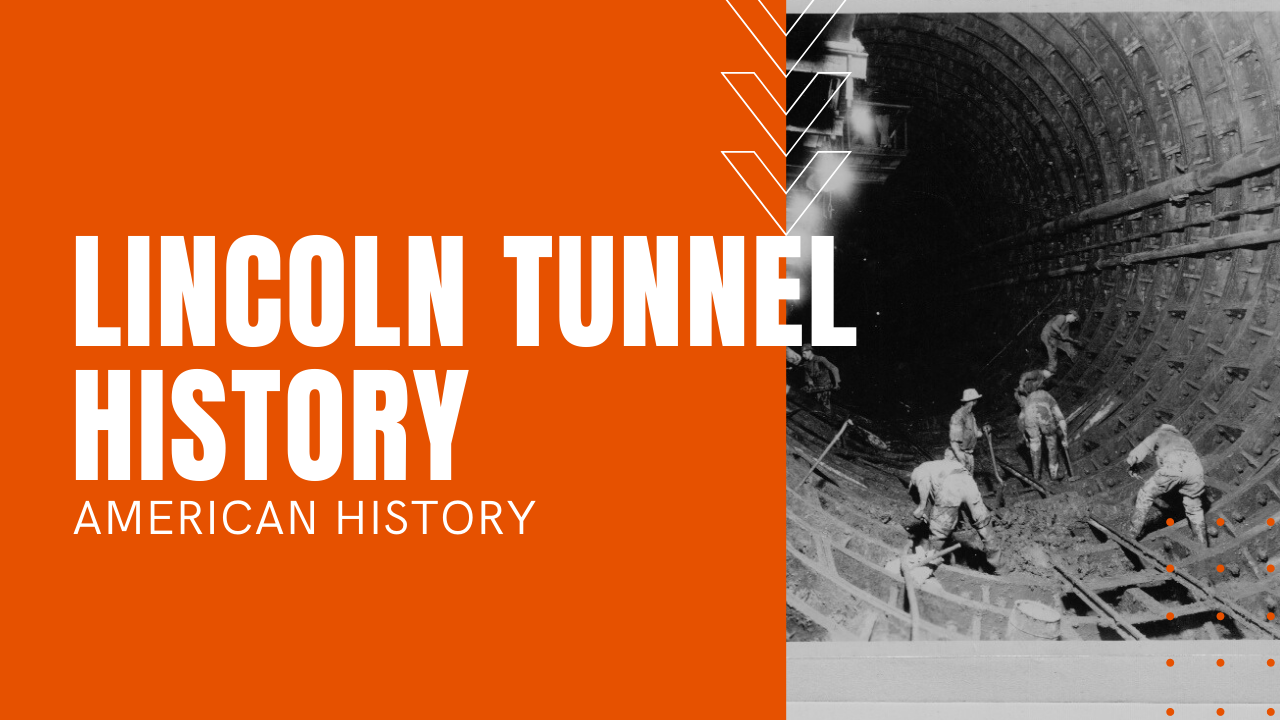Lincoln Tunnel History

Following a mounting tidal wave of traffic demand, it took three years and seven months to complete the center tube of the Lincoln Tunnel, which connected Weehawken, New Jersey with midtown Manhattan.
Lincoln Tunnel Construction History
Built during the lean years of the Great Depression, Sandhogs, as the courageous workers were known, had to undergo stringent physical testing, to make sure that their hearts and lungs could endure the long compression and decompression chamber cycles required for constructing a tunnel ten stories underwater—a deep-diving compression and decompression cycle, which allowed Sandhogs to work only a half an hour in the morning and a half an hour at night.
Hundreds of huge iron rings, each weighing 21 tons were assembled and bolstered together on-sight, which formed the 31-foot diameter outer lining of the tunnel. Co-owned and co-financed by New Jersey and New York respectively, while one crew worked from the Jersey side, another crew proceeded toward them from the New York side; an engineering feat of considerable skill in terms of common depth and ultimate alignment.
Using a hydraulic shield ring at the head of the bore, workers pushed the silt out of the way in 36-inch forward increments, before piecing and bolting the next inner-ring together in place. When the two sides finally met, the two opposing tunnel segments aligned with each other within a quarter of an inch, when the first knock-through was achieved on August 3rd, 1935.
Lincoln Tunnel Ventilation
Engineers played with a number of different ventilation systems, finally landing on a structure of 32 ventilation buildings, of which 15 would draw fresh air into the tunnels, while 17 blew dirty air out.
On December 22nd, 1937, the world’s first mechanically-ventilated underwater tunnel would open to the world. A second north tube was opened in 1945—delayed substantially by wartime materiel shortages—while a third south tube was opened in 1957.
Built at a cost of $240 million dollars, or roughly $4.5 billion in today’s currency, the one-and-a-half-mile-long tunnel network sees an average of 113,000 vehicles pass through its undersea network each and every day, making the Lincoln Tunnel one of the busiest passages in the world.
